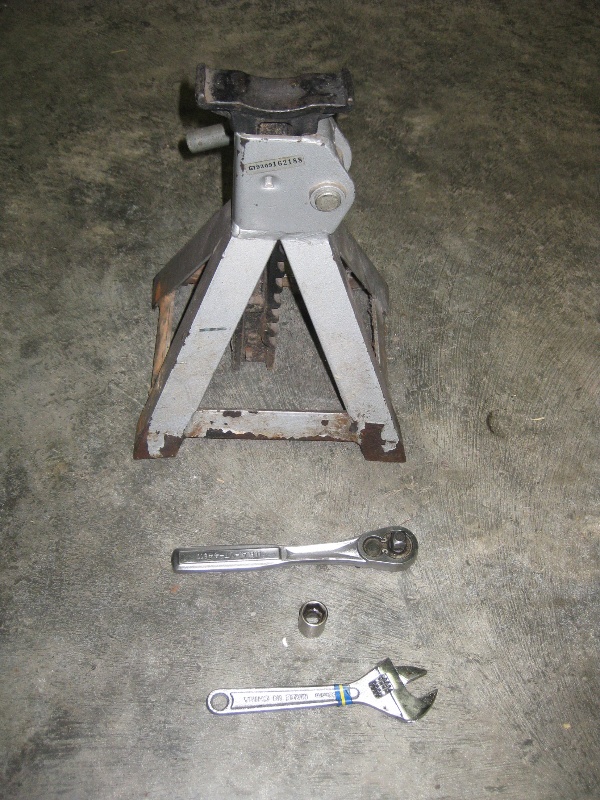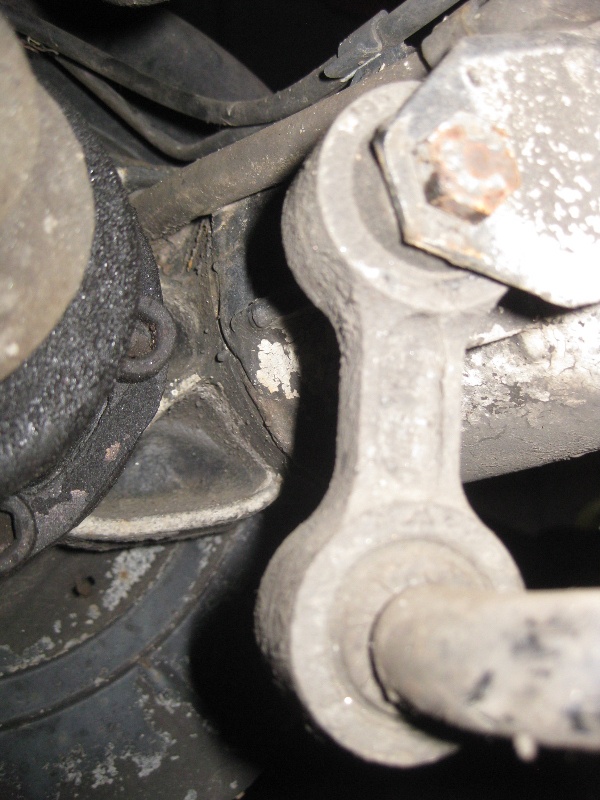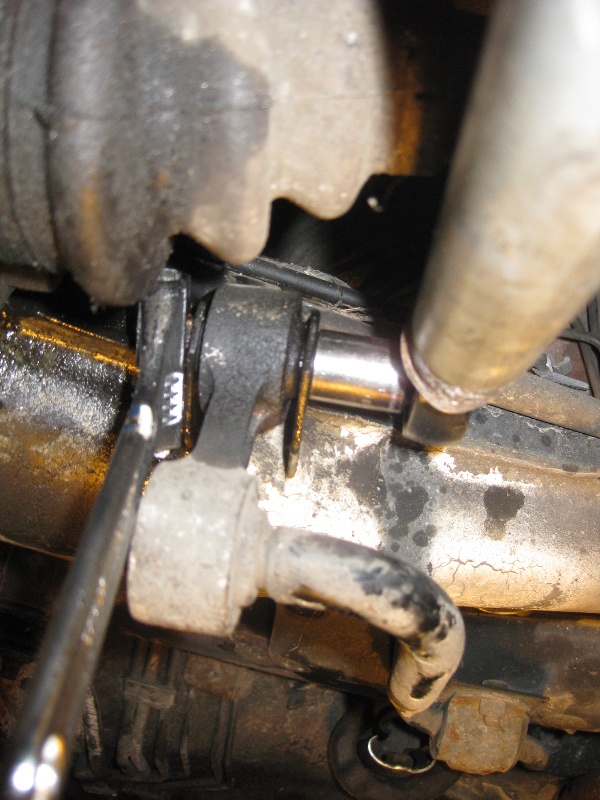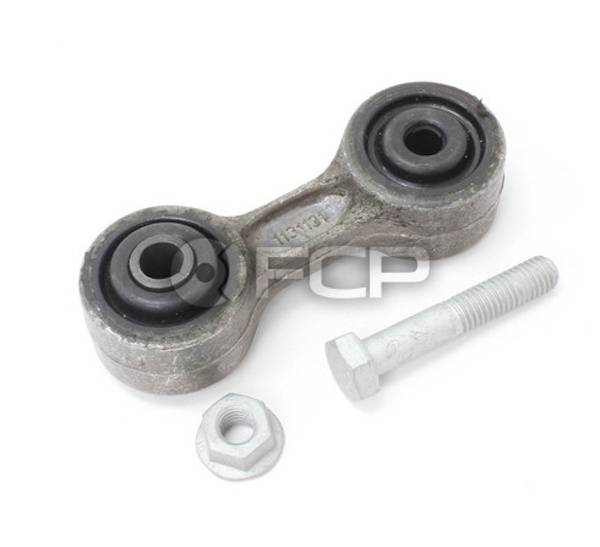- 02/02/2017
- 1 Min Read
- By: Alex Fiehl
How to Replace Rear Sway Bar Links on a BMW 5-Series (E34)
Sway bars are critical to good handling in corners. They connect the suspension components on either side of the car and help the vehicle ride flatter through curves. As a car starts to lean outward in a turn, the load on the outside wheel's suspension components creates torsion in the sway bar. The bar transmits that torsion to the wheel on the opposite side of the car. That forces the wheel on the inside of the turn downward, counteracting that wheel’s tendency to move up and away from the pavement. This allows the wheels on the inside of the turn to make better contact with the pavement, resulting in overall better and flatter handling.
But while the sway bar gets all of the credit for giving the car its good handling, the sway bar end link (a.k.a. stabilizer bar link, a.k.a. sway bar and link, a.k.a. anti-rollbar link) takes all of the abuse. These little metal links connect the sway bar to the suspension components. Both ends of the links have rubber bushings that eventually get dry, crack, and deteriorate.
Symptoms:
Sway bar links will usually start to go bad after a few years. Gradually, the car's rear end will start to display excess body roll during cornering. Another telltale sign of their failure involves a sharp and quick rattling sound when driving over bumps.
They can be easily inspected without removing the wheels: from behind the car, follow the sway bar to its terminus near each wheel. The sway bar end links look like little dumbbells. Check for cracked and deteriorated rubber bushings.
Tools:

- 13 mm socket
- 13 mm crescent wrench or adjustable
- Socket wrench with (optional) pipe extension
- Jackstands
- Floor jack
- Penetrating Fluid
Parts:
Typically the entire link is replaced, not just the bushings. The good part is that they are so inexpensive that there's no excuse to drive around on bad ones. Replacement units range from OEM style ride quality to stiffer performance ride quality. Even if only one link is failing on your car, it is best to replace the links on both sides at the same time to retain even ride quality.
Safety:
Since the sway bar link connects both sides of the rear suspension, the entire rear of the car must be lifted onto jackstands to perform this repair. Chock the front tires of the vehicle before using the floor jack. Once the vehicle is off the ground, support it by placing jackstands under the rear body mounting points. For added safety, remove the rear tires and place them under the body of the car.
There should be no need to go under the car to perform this job.
Procedure:

Note the link's unique attachment: only one nut and bolt attach to each link, and the sway bar simply slides into the other end. These parts collect a lot of road grime, so spray the nut, the bolt, and the sway bar with penetrating fluid.

Use a 13 mm socket to turn the bolt while holding the nut with a 13 mm open wrench. A breaker bar may be needed to loosen the bolts at first. Once the bolt is removed, spin the link on the end of the sway bar. It may require a good bit of twisting to eventually slip the link off of the sway bar.
Note the orientation of the link: one end of the link has a metal sleeve insert, and the hole on the other side is bare rubber. When installing the new link, the bare rubber side will slip onto the sway bar, and the sleeved side will accept the bolt.
First, install the link on the sway bar. (Tip: Apply either dish soap or silicone lubricant to the sway bar before sliding the link on.) It may require a few minutes of pushing and twisting to get the link completely the sway bar.
Next attach the sway bar link to the car's suspension by sliding the bolt and nut through the sleeve and of the sway bar link. Tighten the nut and bolt.
Repeat this process for the opposite side of the car.
Reinstall the wheels. Lower the car. Take it for a test drive.












